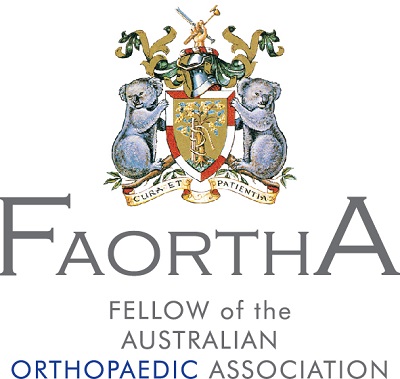Reverse Shoulder Replacement
Shoulder replacement is a procedure to remove the shoulder joint and replace it with an artificial joint. There are two ways to do the procedure. Most shoulder replacements done in Australia are reverse shoulder replacements. This surgery may be done if other treatments have failed to relieve shoulder pain and to improve mobility.
Key information:
Diagnosis may involve:
- Taking a medical history,
- A physical examination,
- X-rays to determine the condition of the shoulder joint,
- A CT scan to help evaluate bone quality,
- An MRI scan to ascertain the condition of surrounding structures including the rotator cuff tendon.
The procedure
Reverse shoulder replacement involves the ball and socket of the joint being reversed. A cup is attached to the end of the upper arm bone and the ball is fixed to the socket. This changes the centre of rotation of the shoulder joint. Other muscles will then compensate for damaged rotator cuff tendons. This procedure may be used if there is a complex fracture of the shoulder joint or a previous shoulder replacement that has failed.
The operation normally takes at least two hours. The average length of stay in hospital is 1-2 nights.
Post operative care
On discharge from hospital the arm will be in a sling.
Following the instructions of a physiotherapist will contribute to the success of the operation. Physiotherapy will usually start between four and six weeks postoperatively. Your activities will need to be modified.
Consult the surgeon about returning to driving. Depending on your condition, you will be unable to drive for 6 weeks.
Follow the surgeon’s advice about returning to work. Some people return to work after two weeks but if your job is physically demanding you may have to take months off.
After surgery, dental procedures will increase your risk of infection. If you require dental work, inform your dentist about the shoulder replacement. They will prescribe the appropriate prophylactic antibiotic.
Prognosis
Pain, swelling and bruising is common for several months after surgery. It usually takes six months to a year to make a full recovery.






